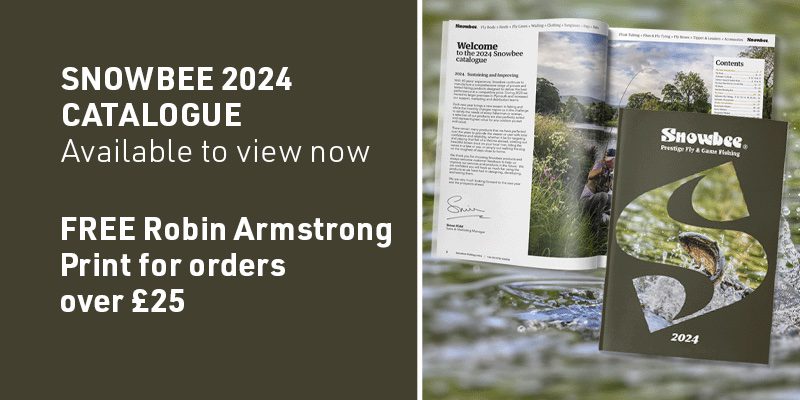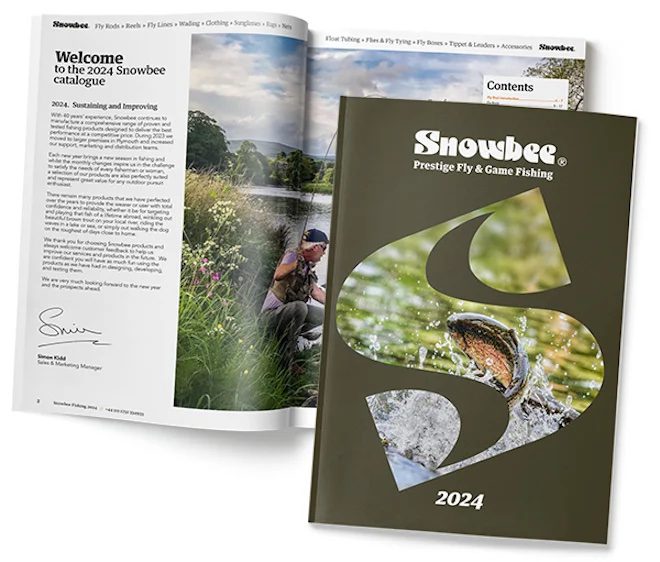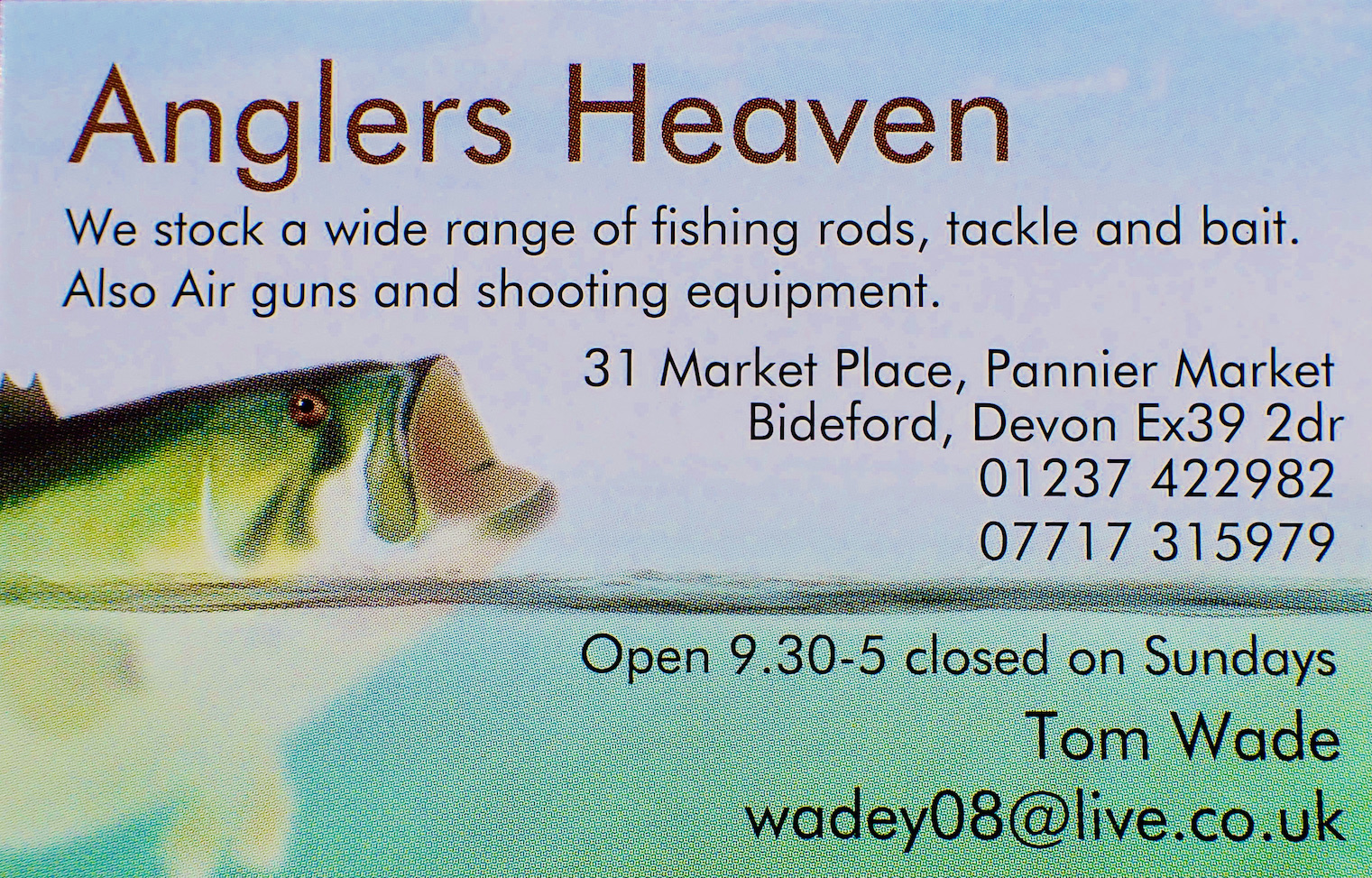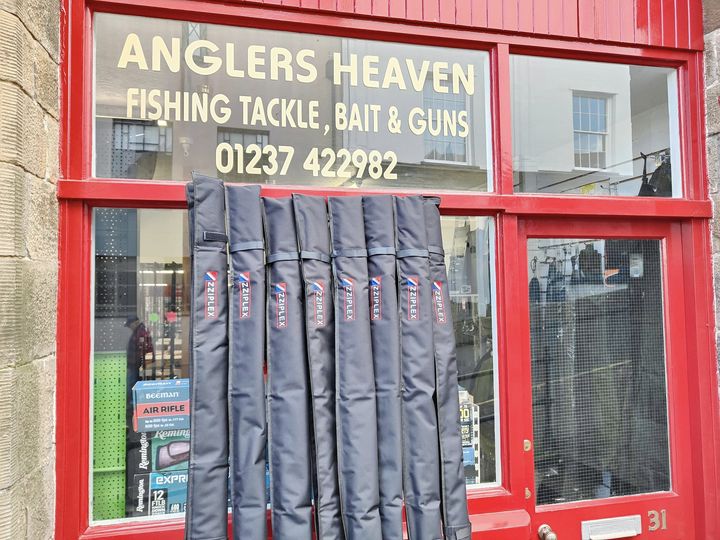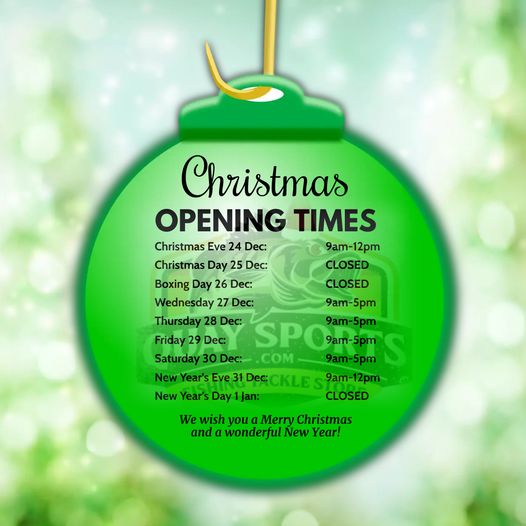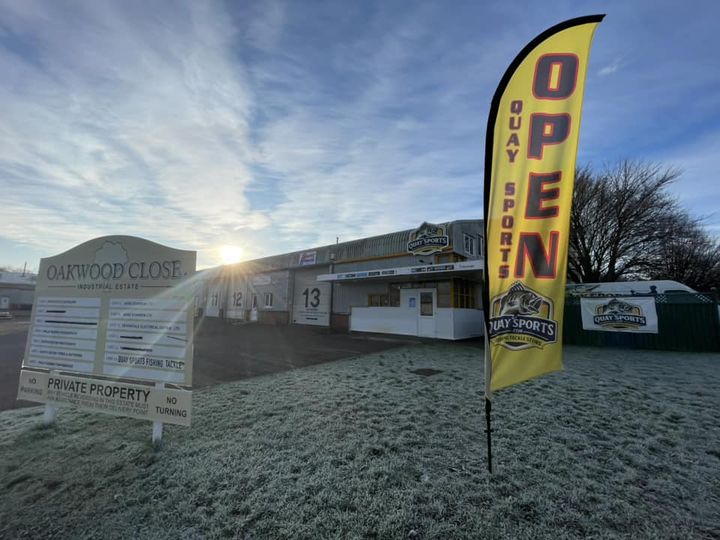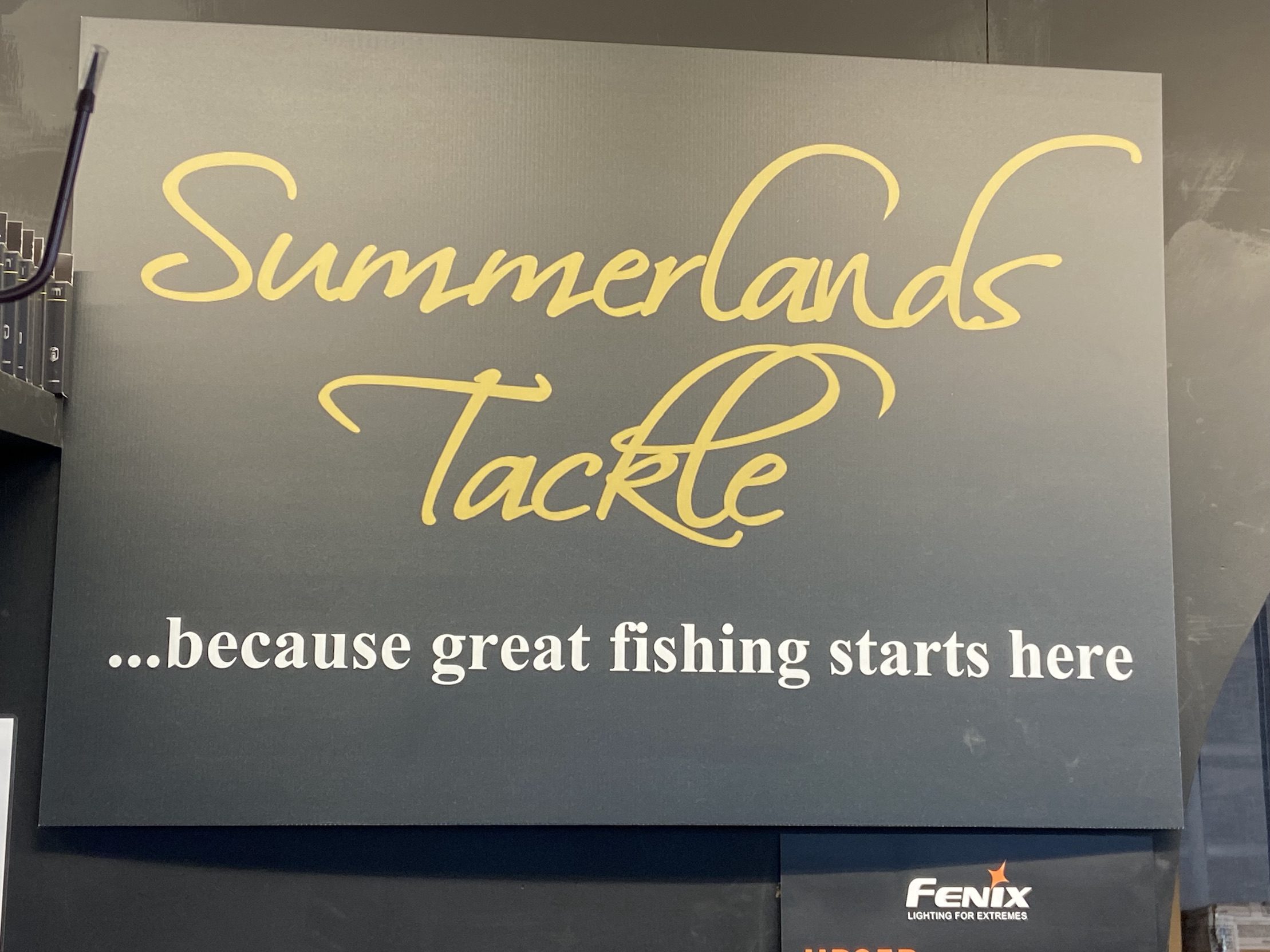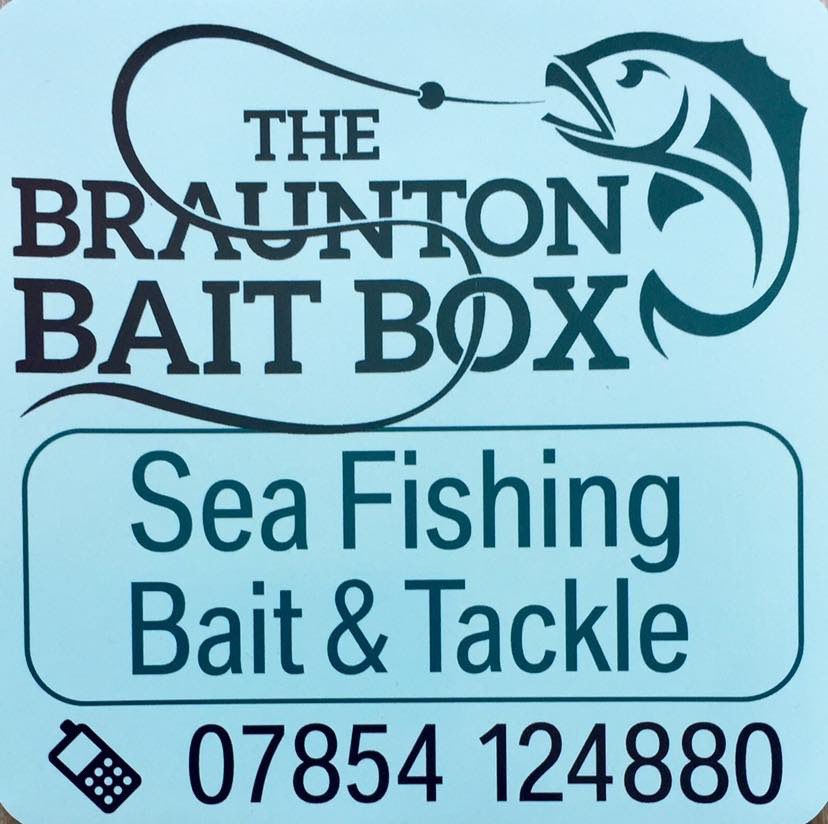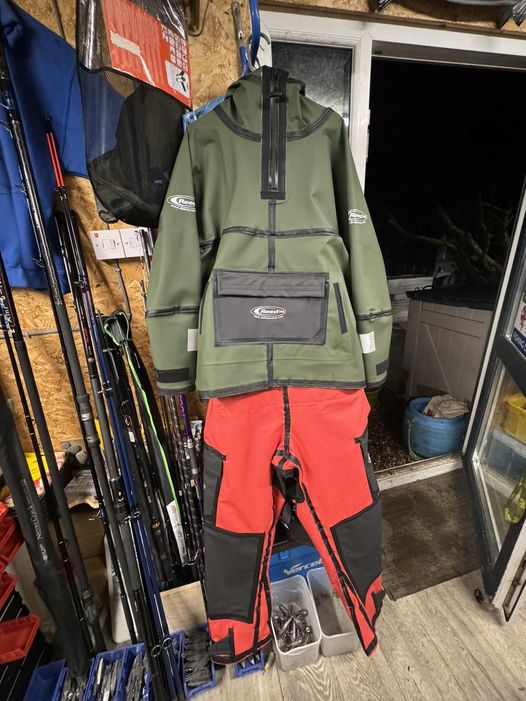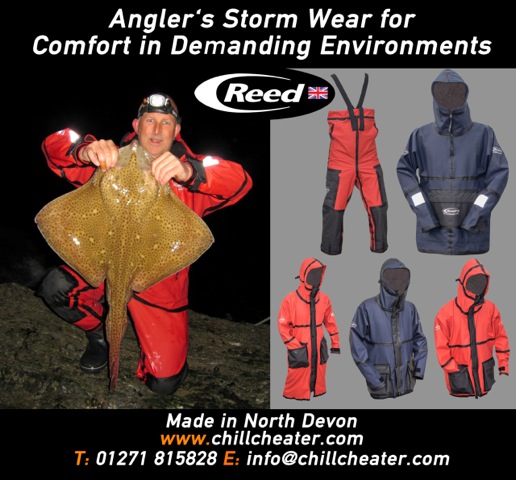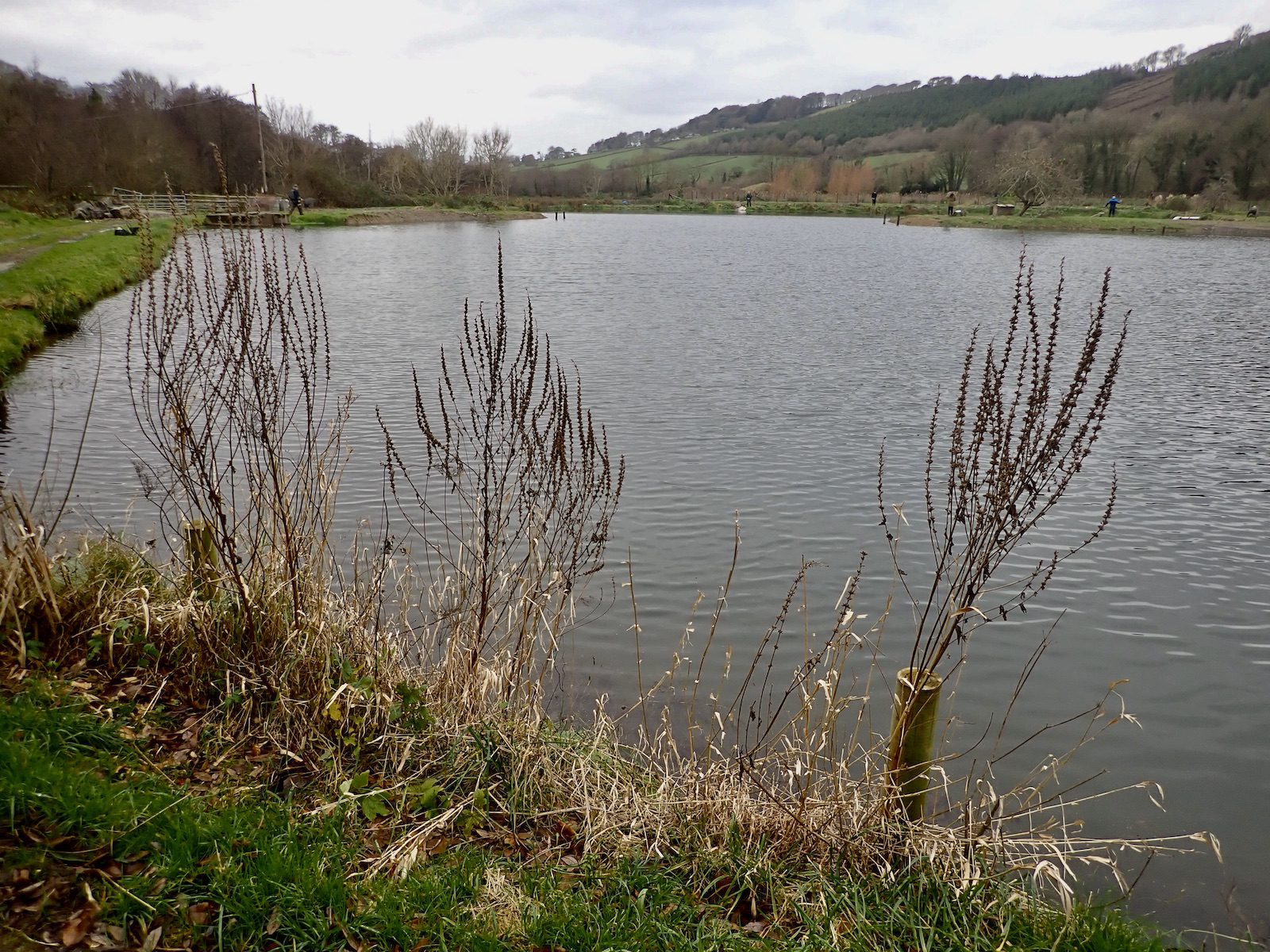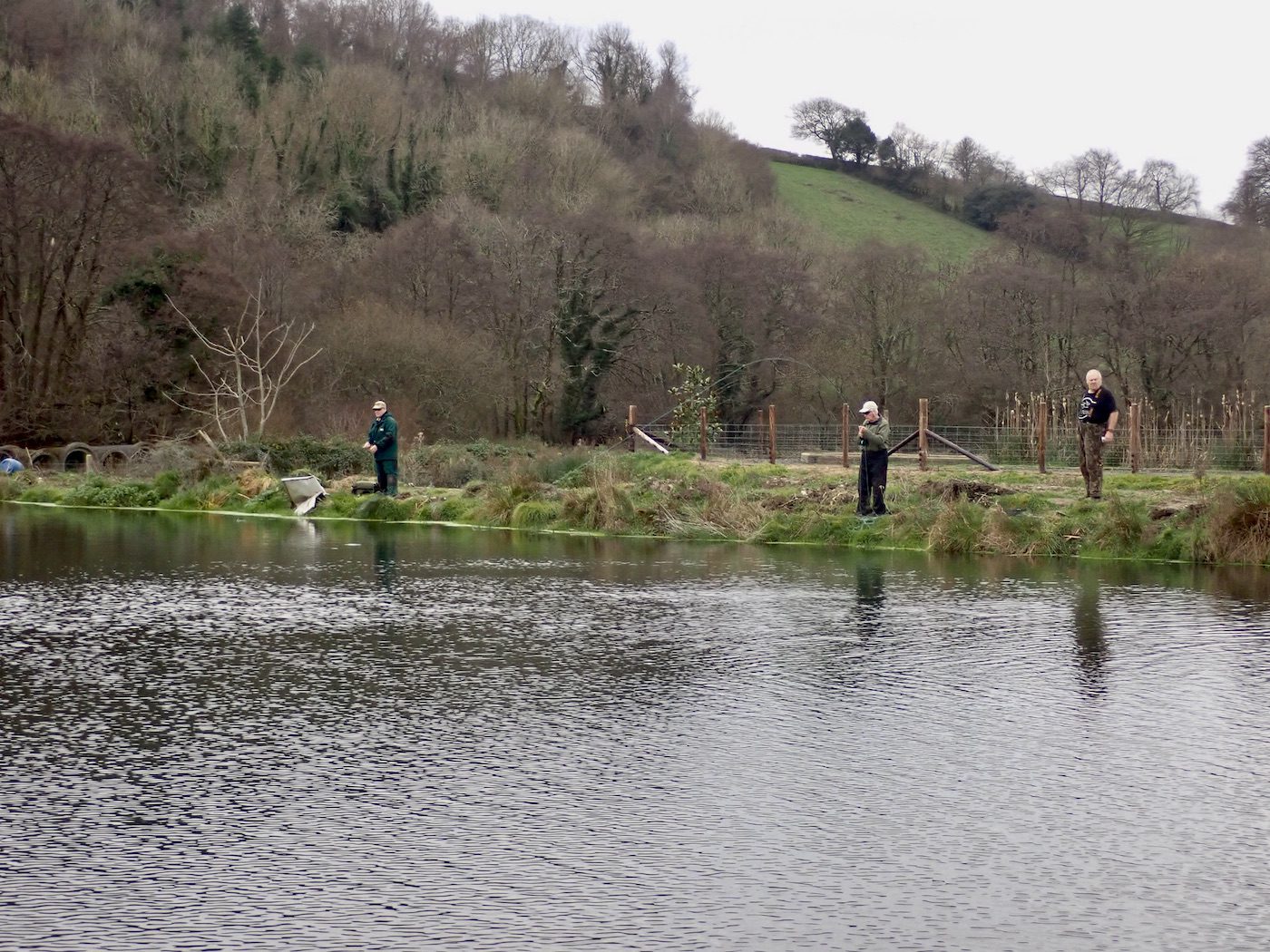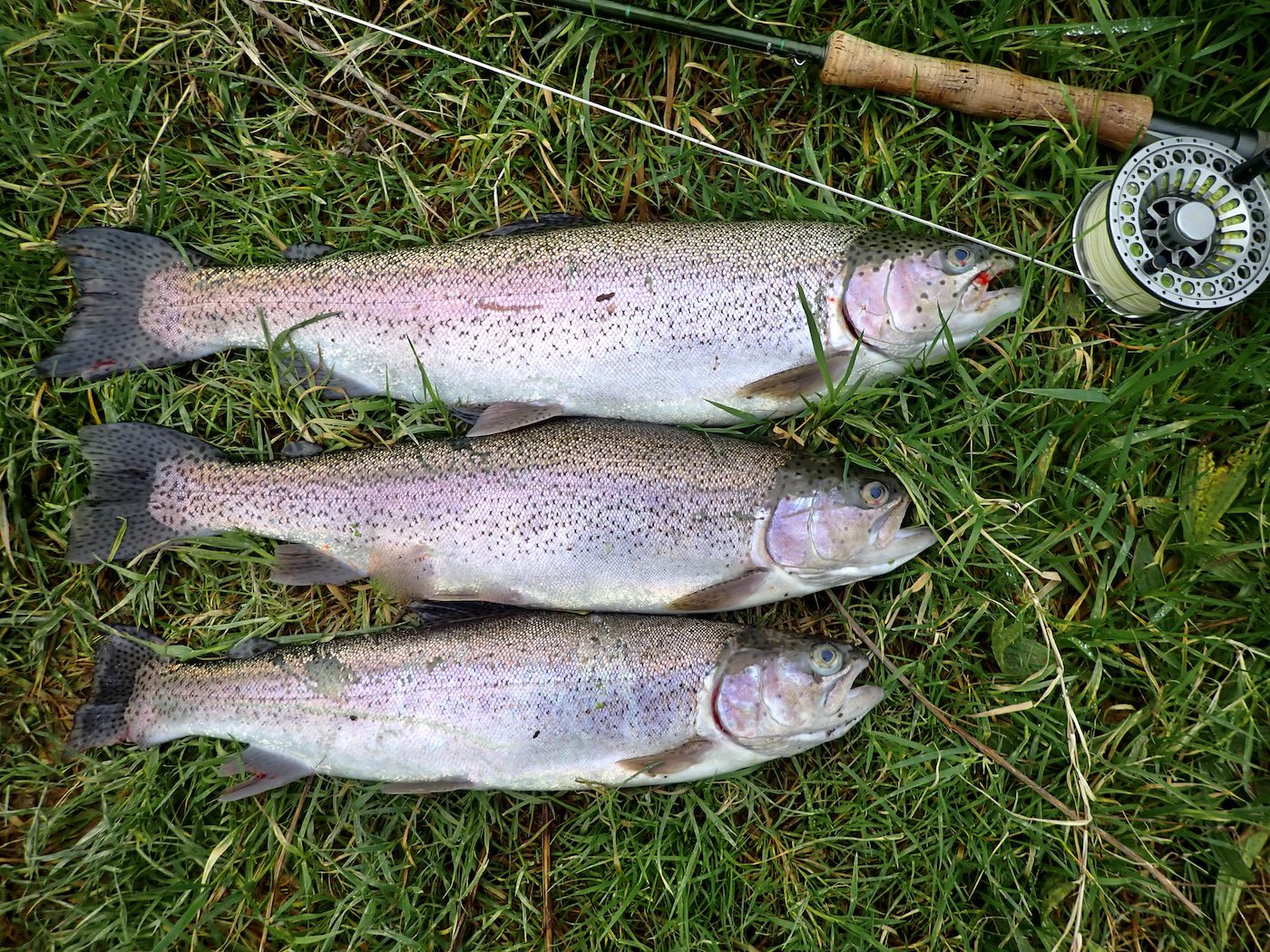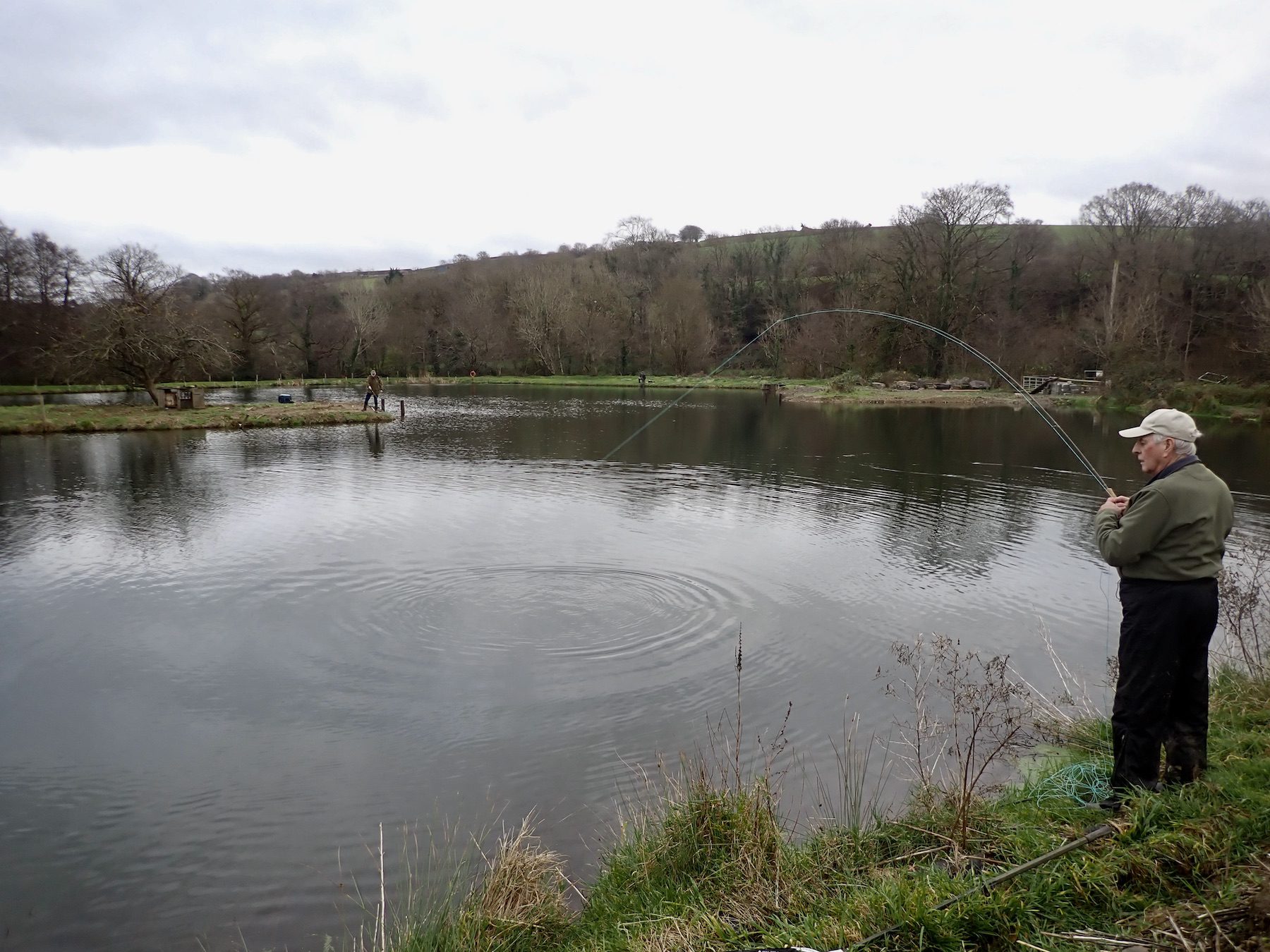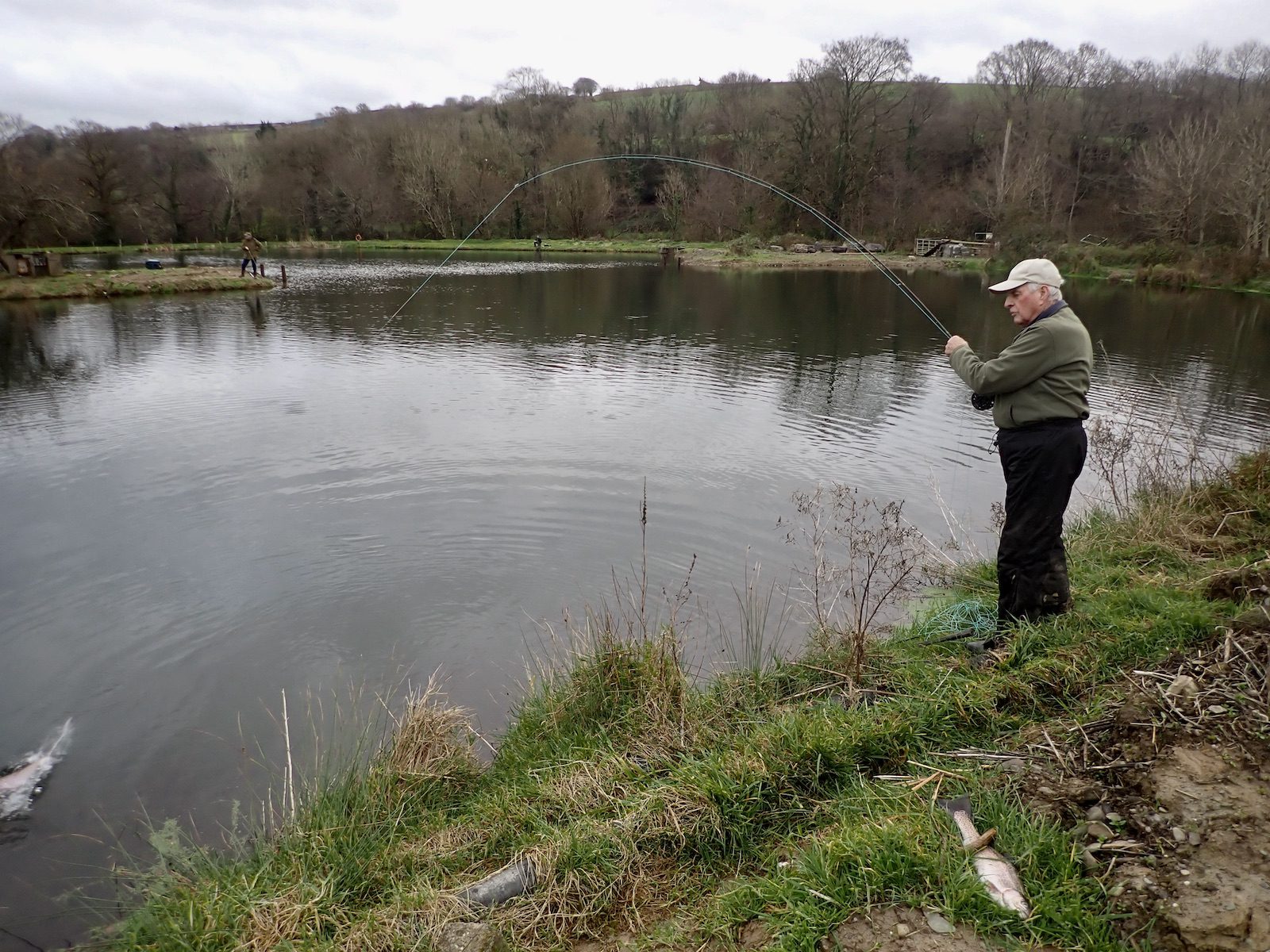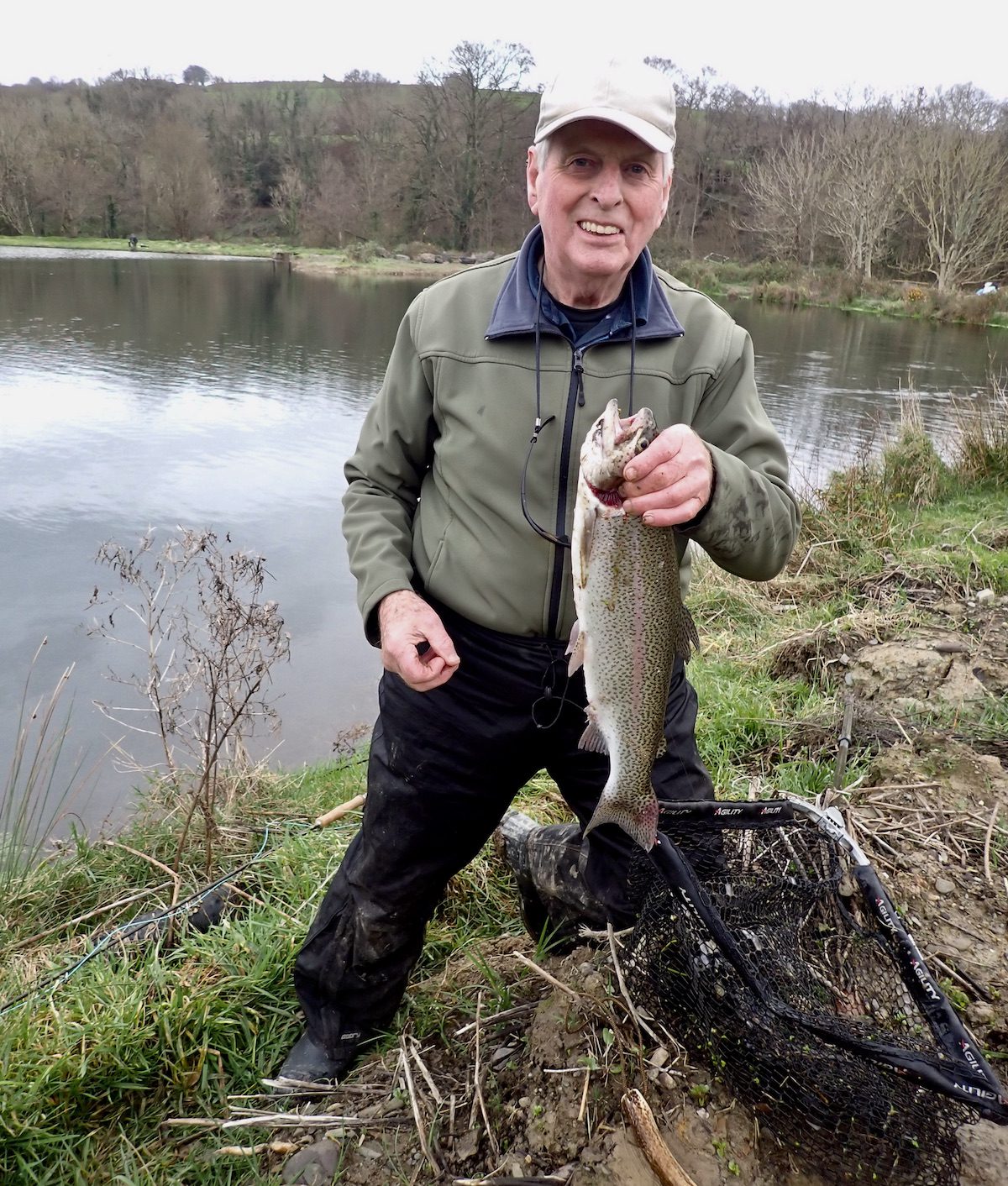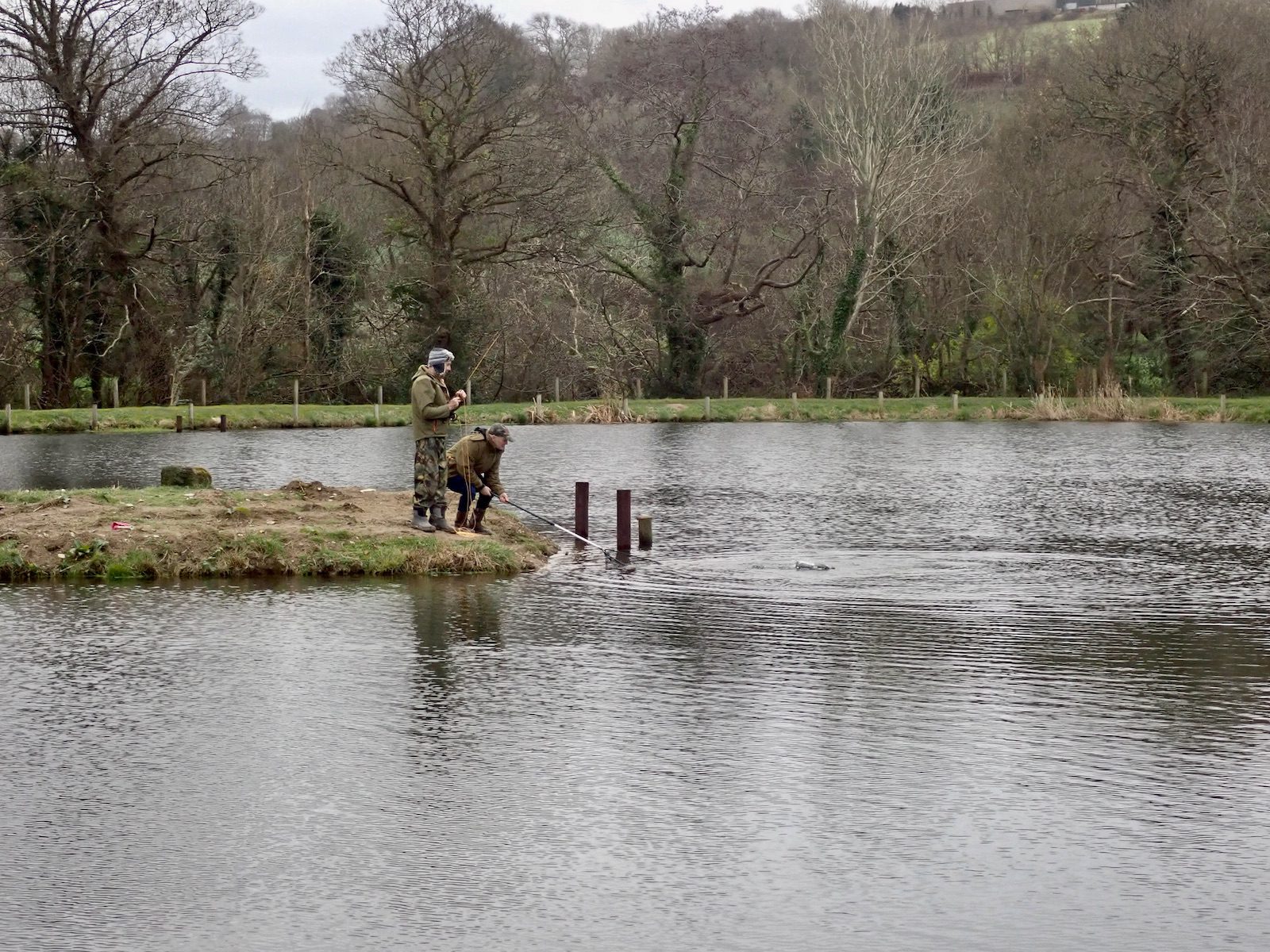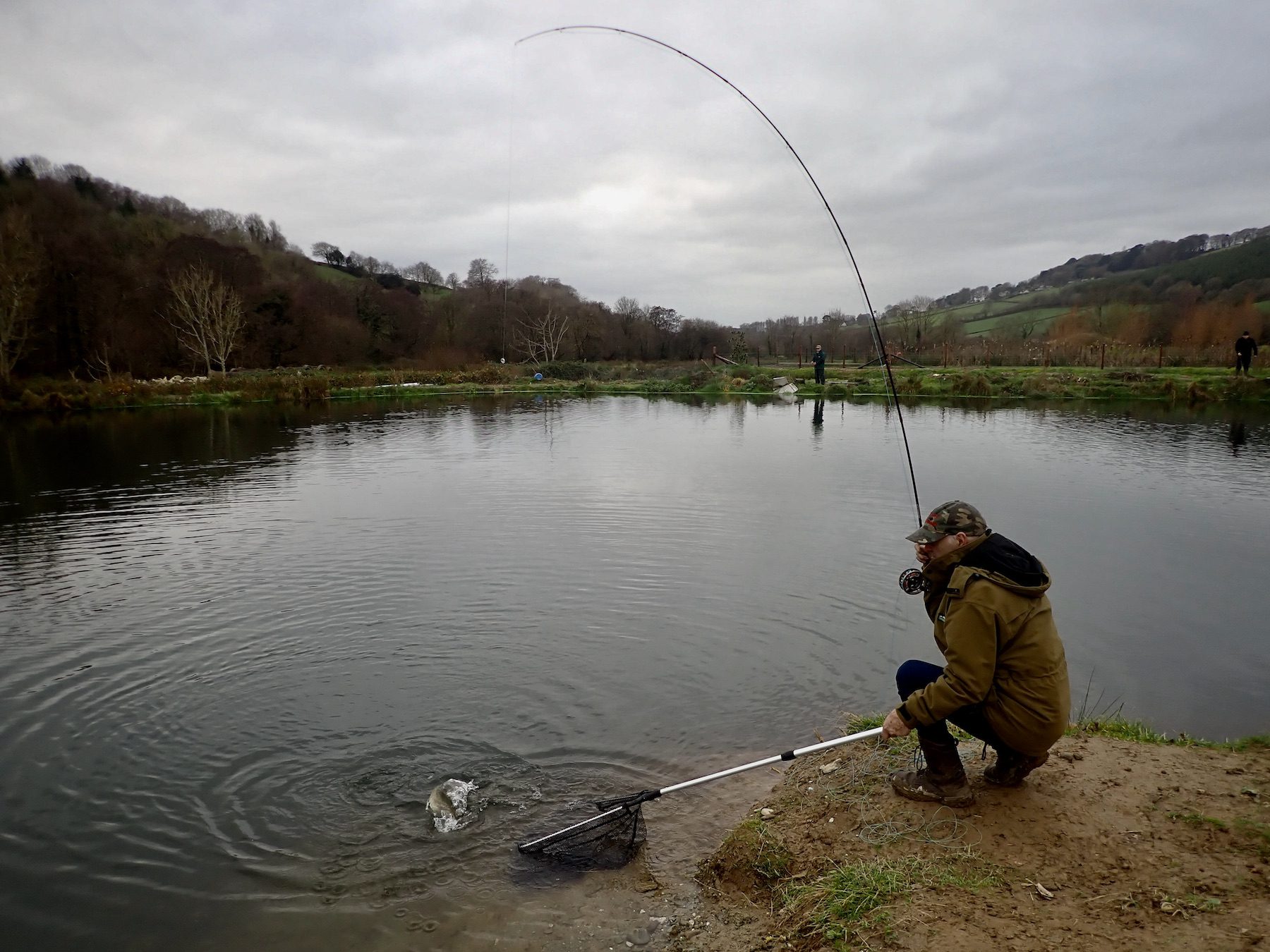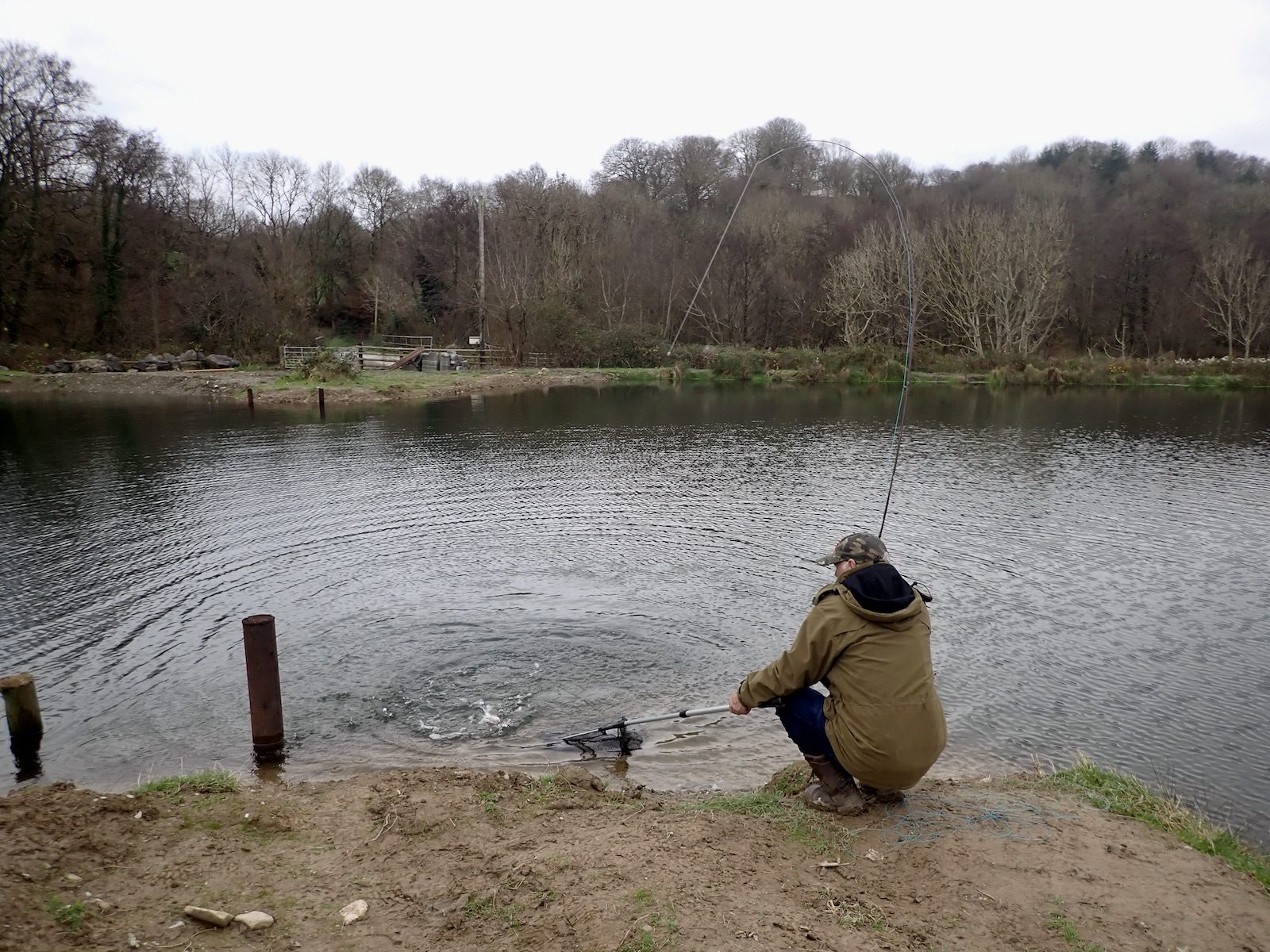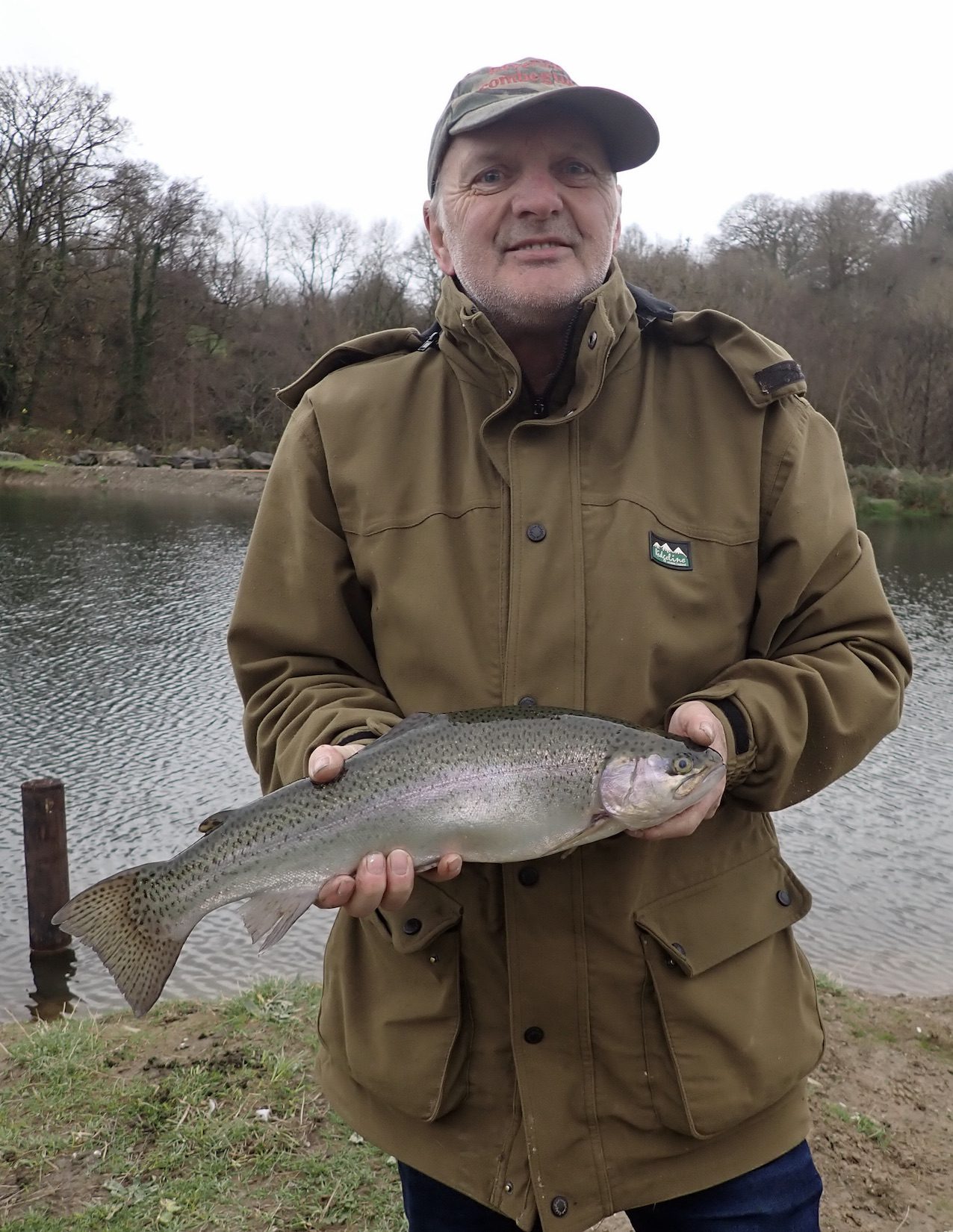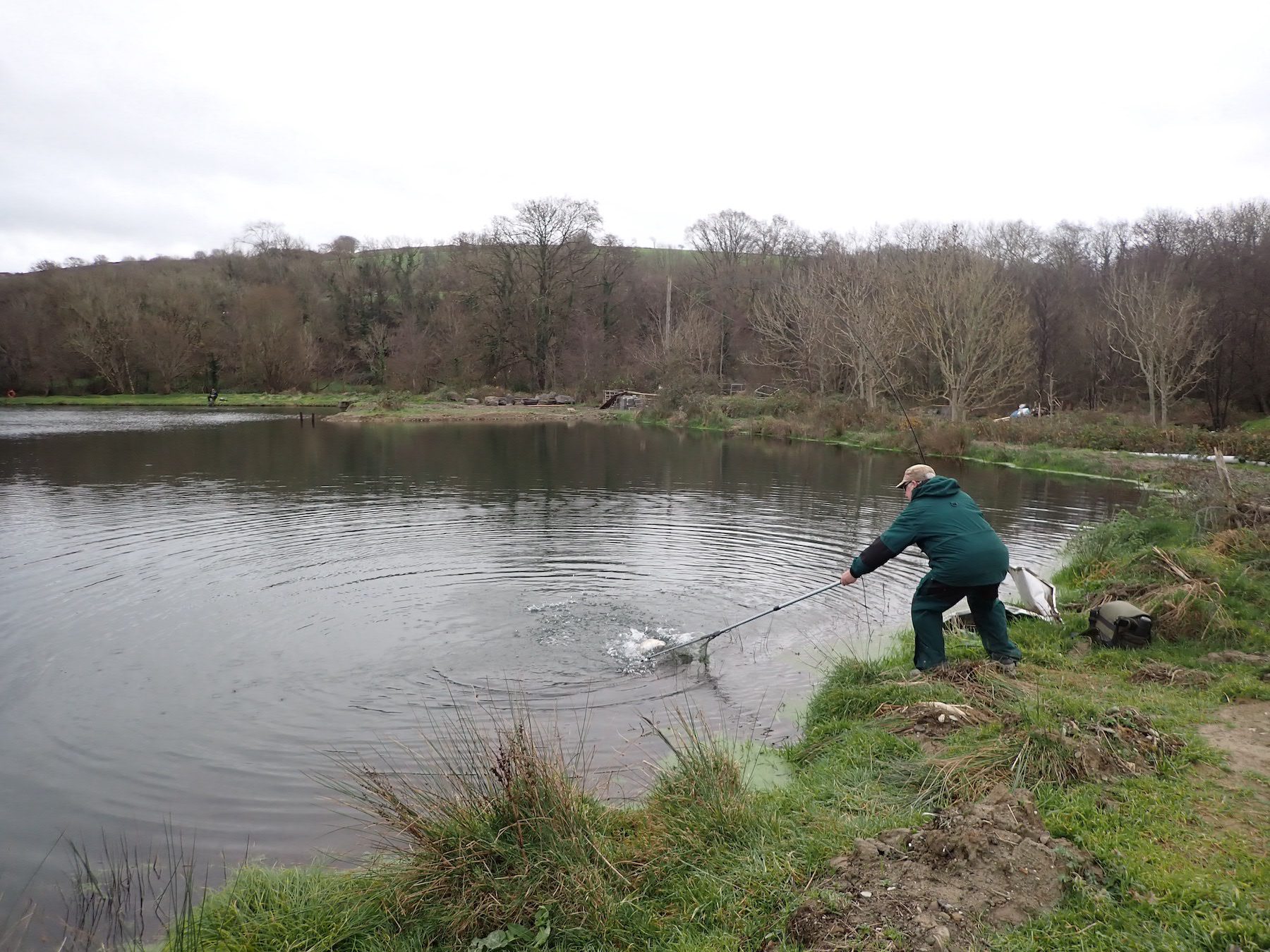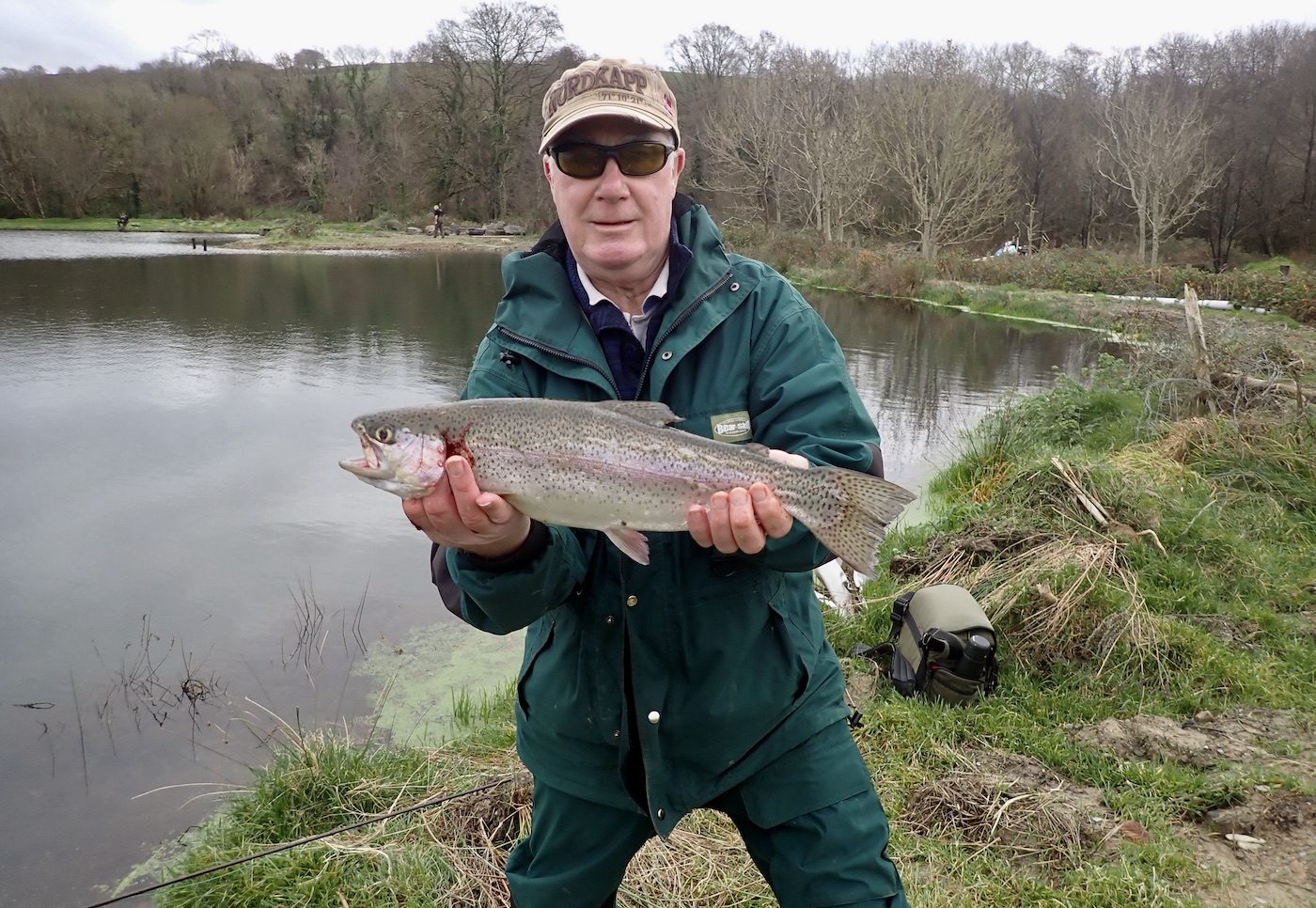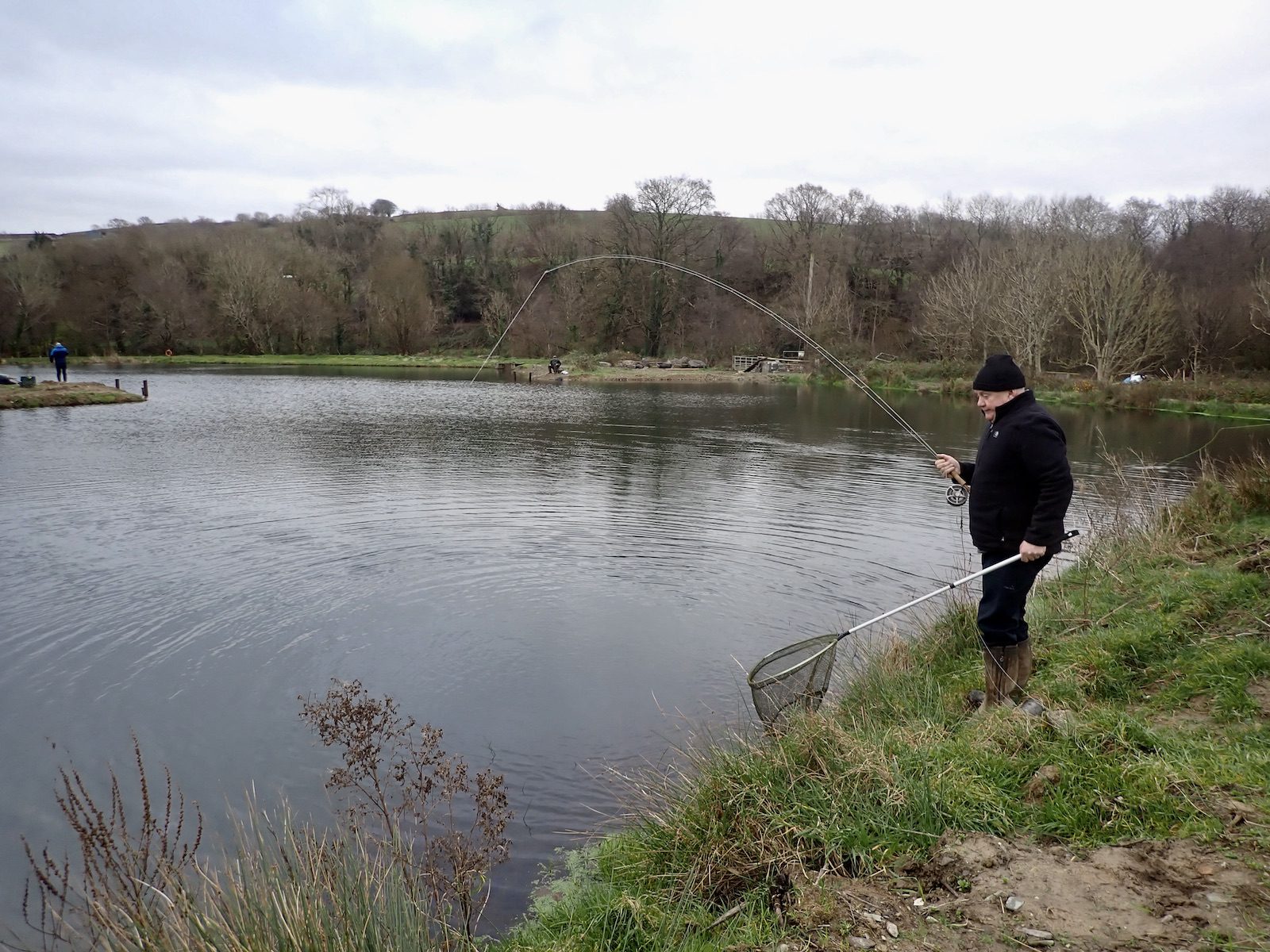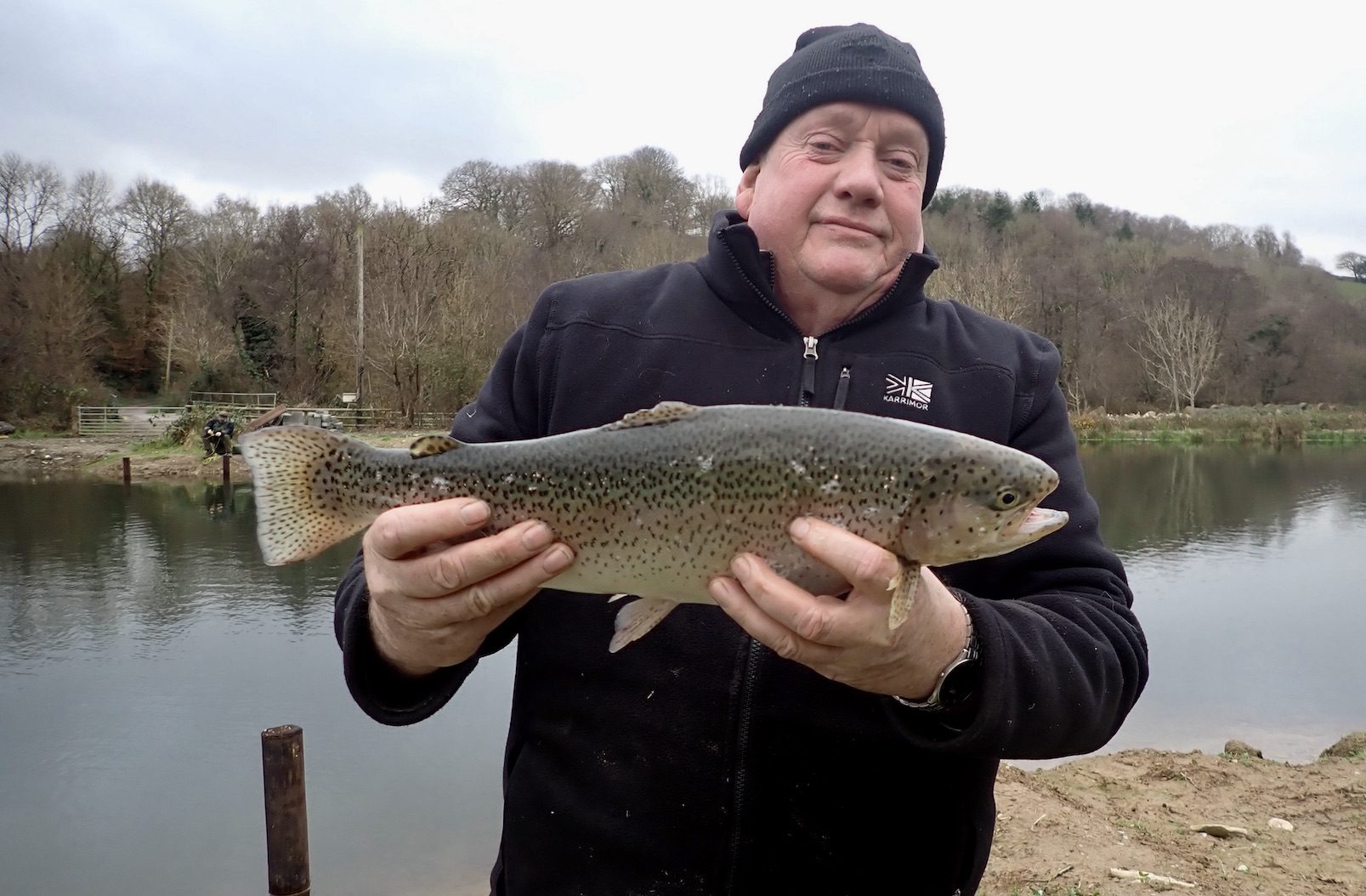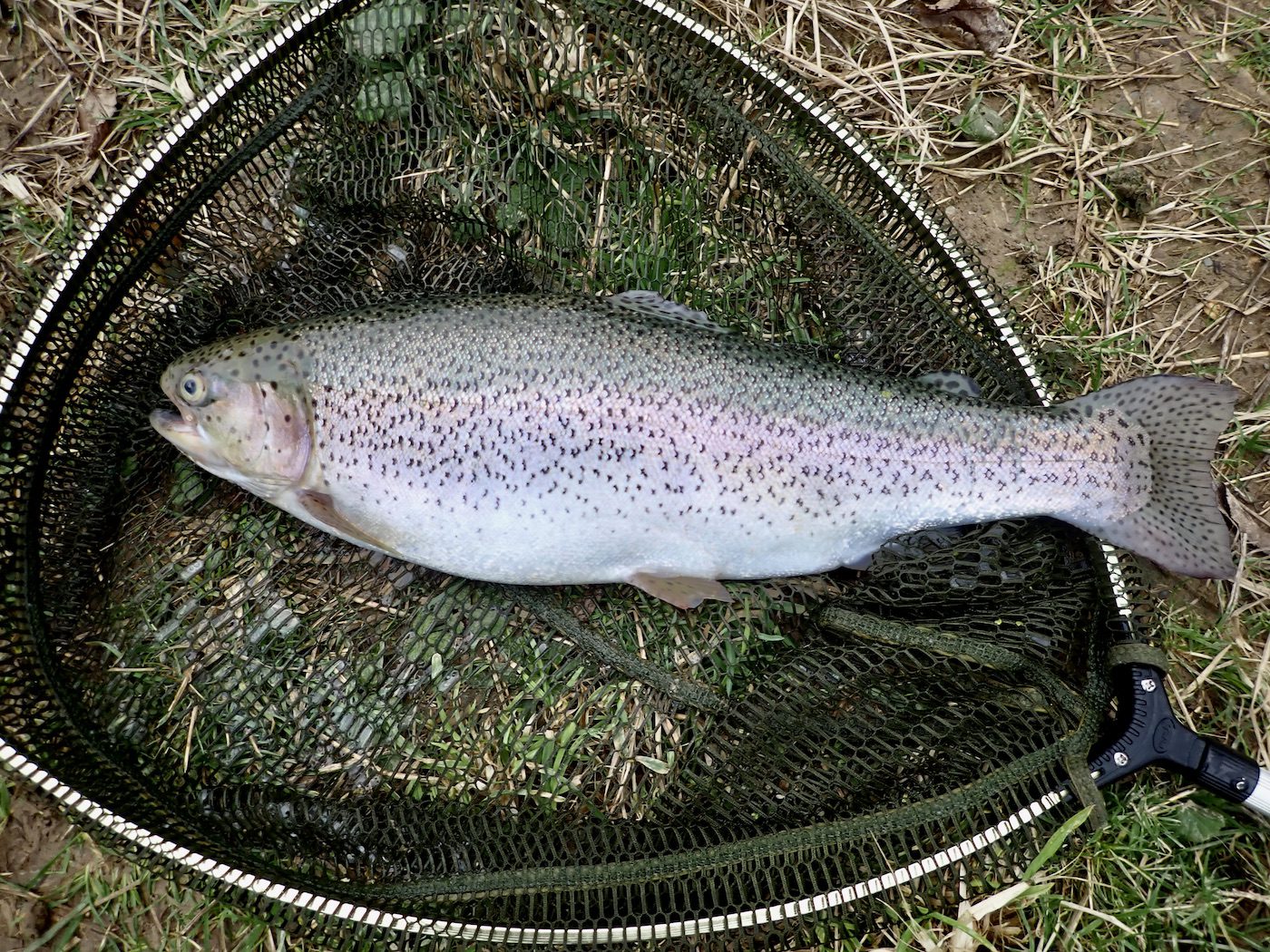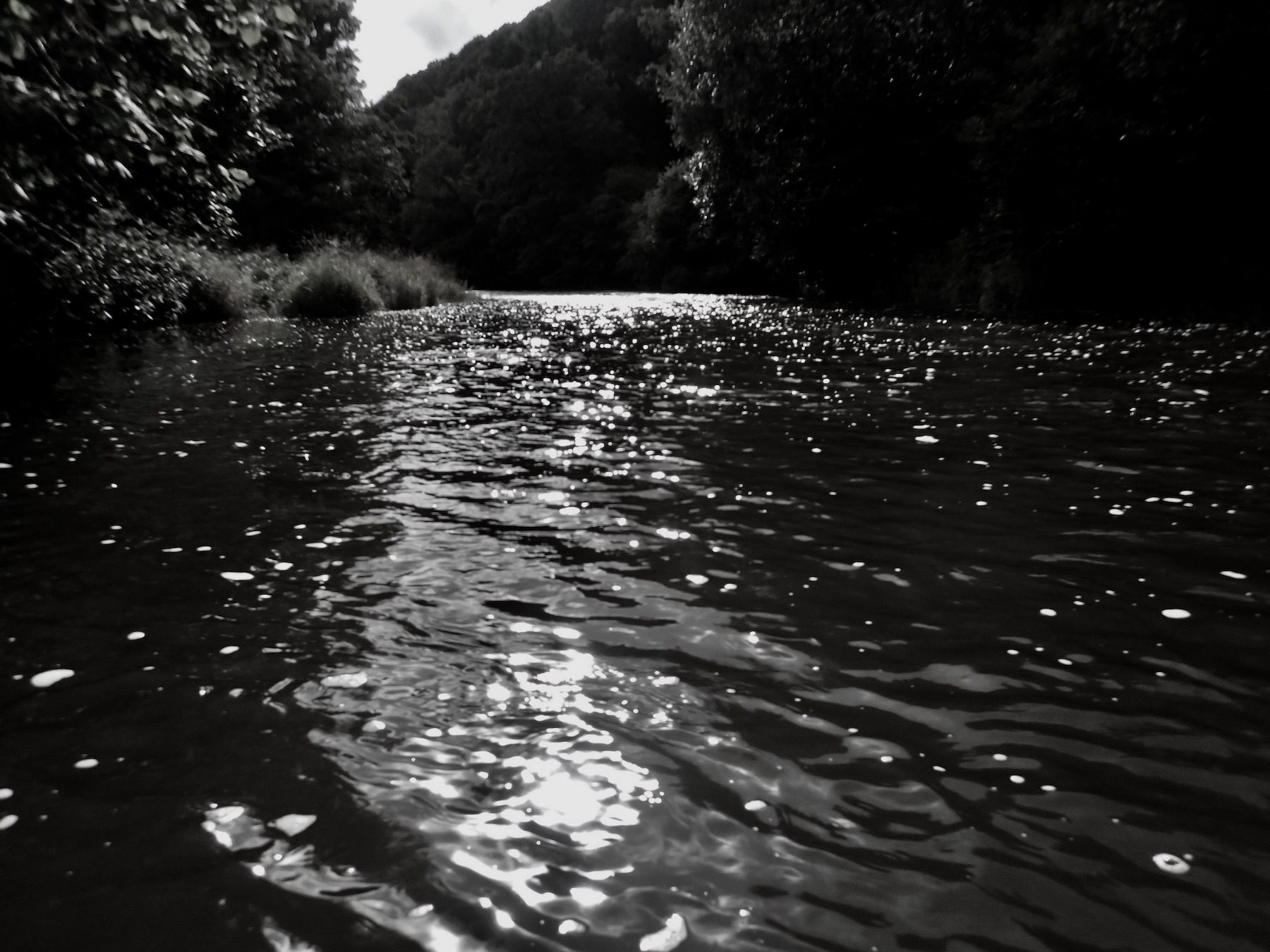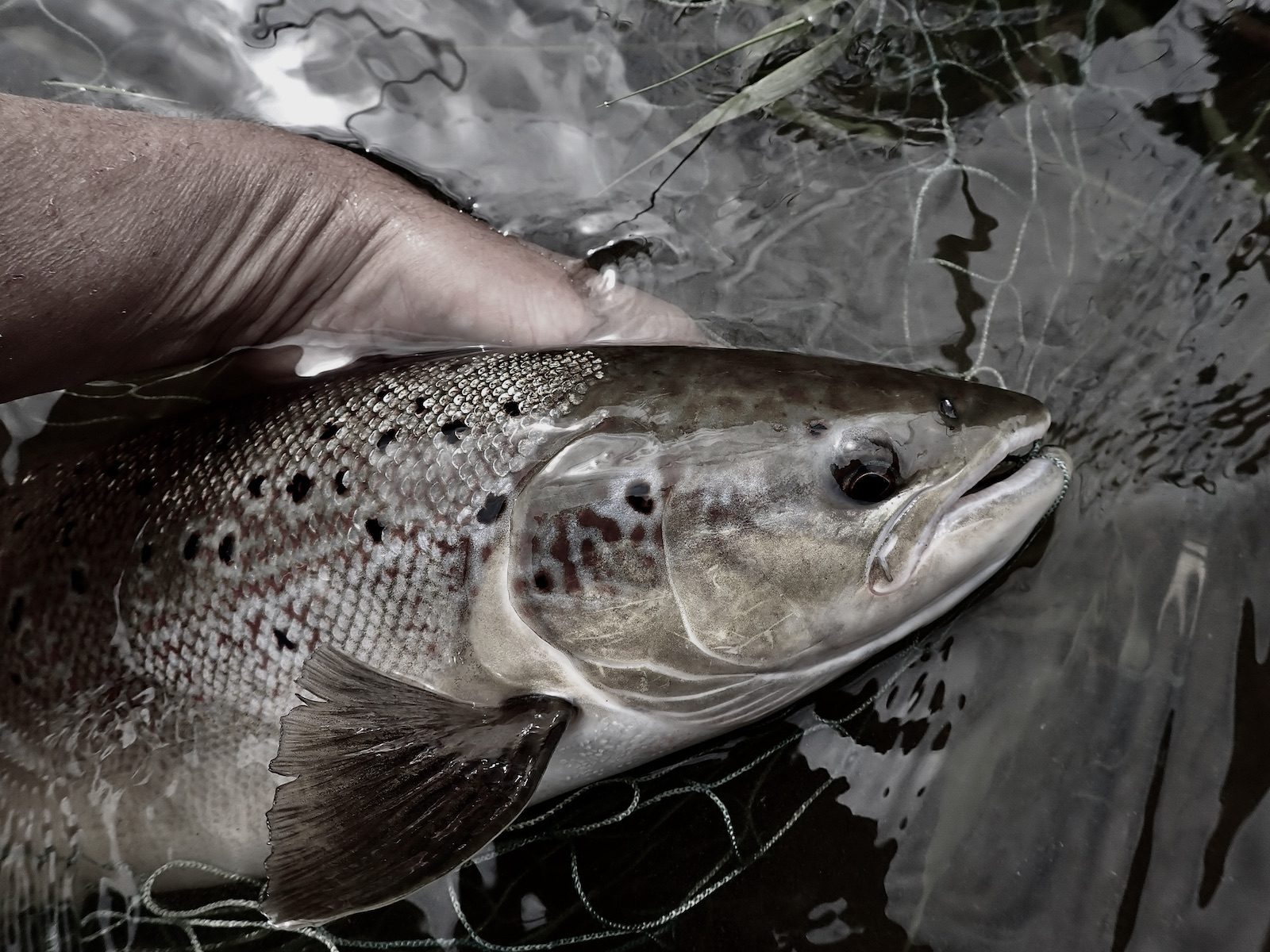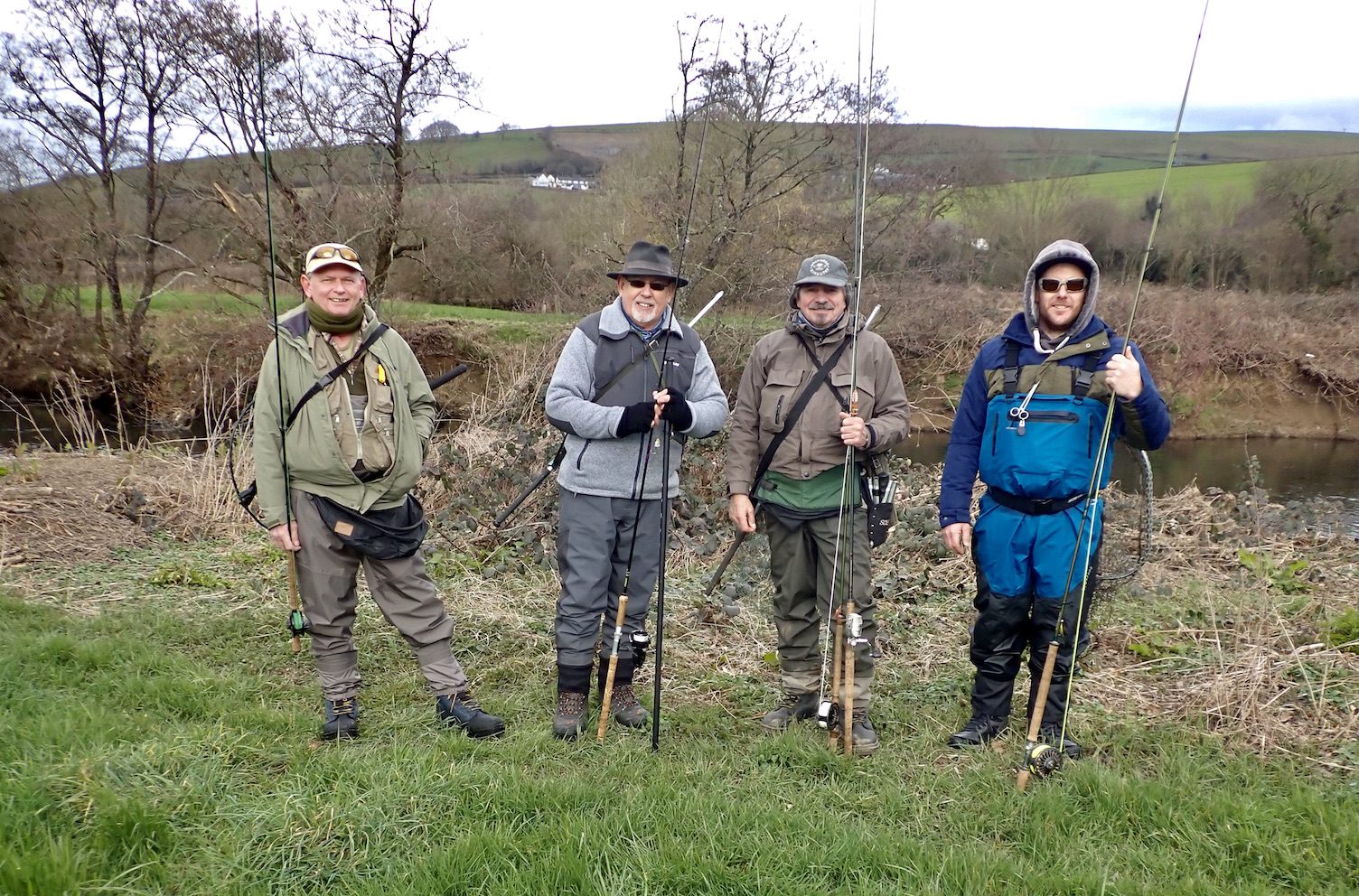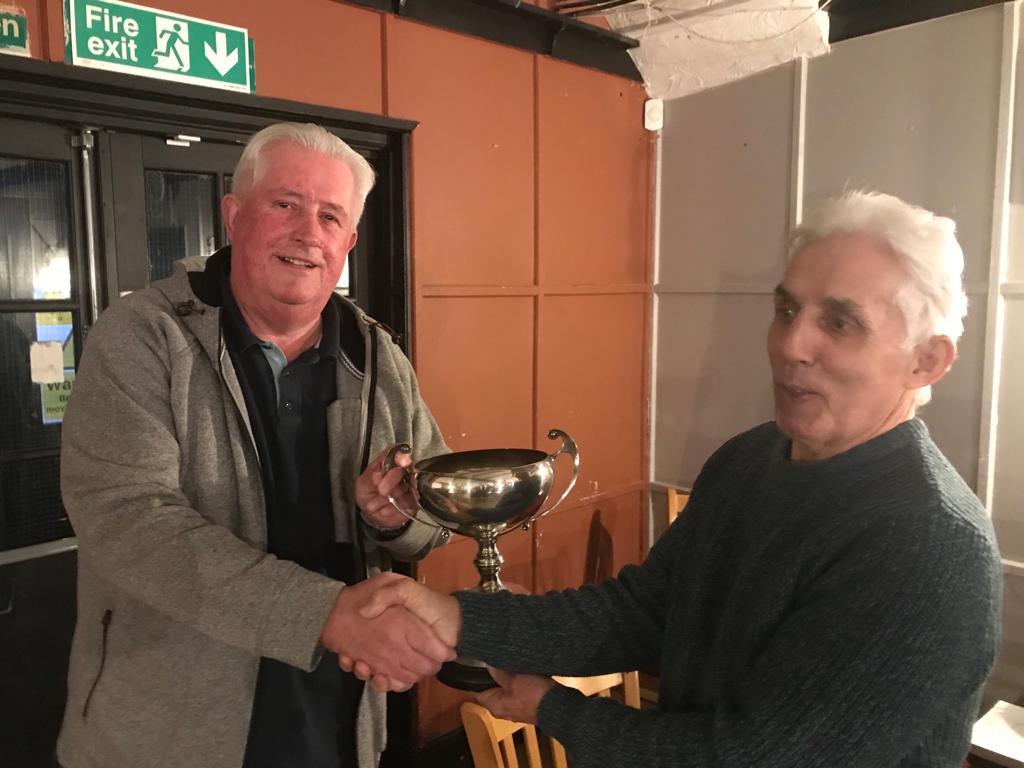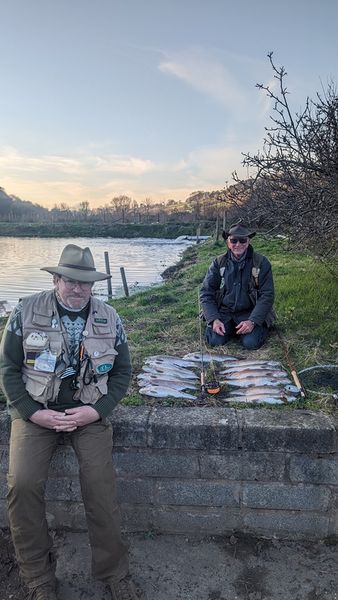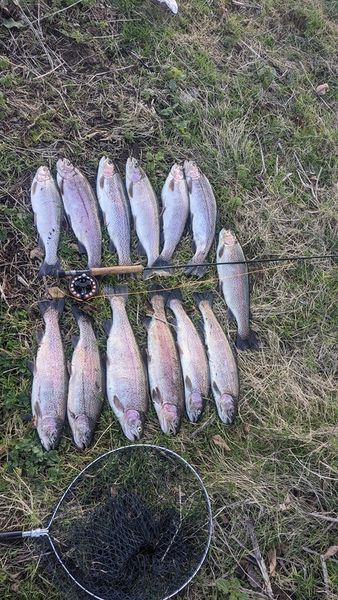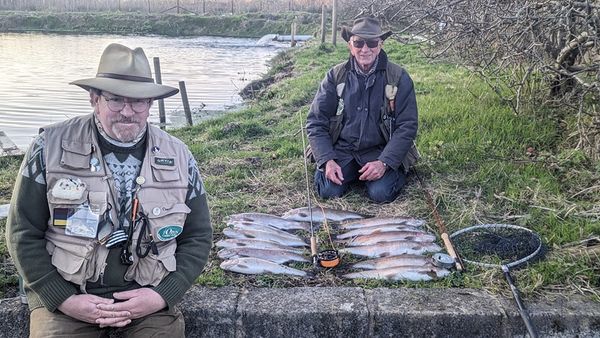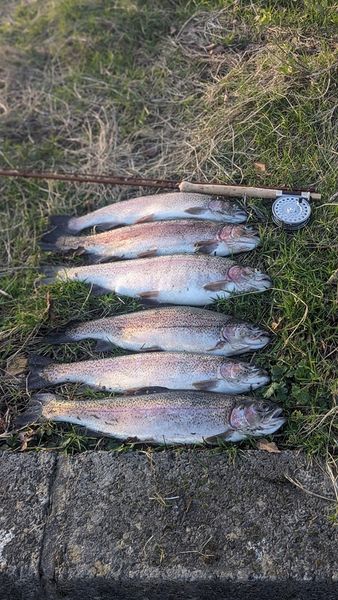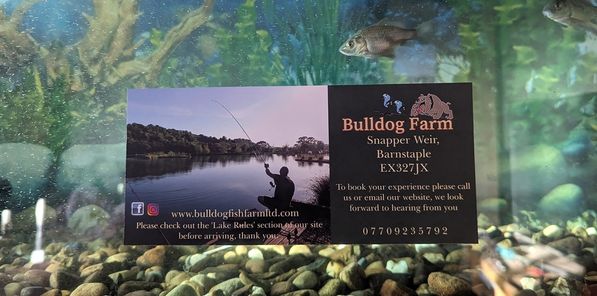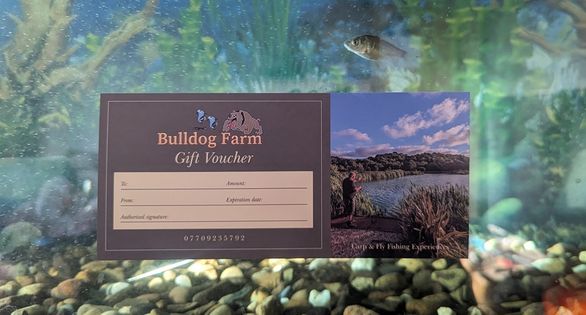Many thanks to Richard Wilson for sharing his writing with North Devon Angling News.
Click on link below for more Richard Wilson

A Happy New Year and a big thank you to all you readers who’ve found and subscribed to my scribblings. Also, a heads-up: I’m going to embark on an erratic and very occasional mission to restore doggerel poetry to the heart of global cultural life. Be warned! The first missive will be arriving soon. Meanwhile – have a great year.
But not this time … here I’m wondering where all the young fish scribes are:
Why are so many of the best fishing books written by dead people? OK, a lot of old dross has been winnowed out by the passing of time and there are a few giants who are still with us. But it’s true: In fishing, the author pre-amble is all too often The Late, Great … (but please, not Izaak Walton).
Much of this can be blamed on the recent arrival of a burgeoning genre of how-to-fish clones. Templated school essays, corralling a rod, a reel, this knot, that fly, a perfect cast and, pause for breath, how to think like a fish.
Think like a fish? Why? Fish brains are an evolutionary also-ran from the times when amoebae were the smart kids on the block.
Not that it matters. This entire genre is redundant because the definitive how-to-fish book was first published in the 1940s and, some 5m sales later, has no need to evolve any further. Mr Crabtree Goes Fishingremains a work of genius and awesome artistic merit. The unattainable benchmark for all that followed. Nothing else comes close.
Better still, Crabtree and son Peter are digital misfits. AI can’t touch them and Disney will never animate them. Although Aardman might: Wallace and Gromit go Fly Fishing … I’d pay to see that. And, sadly, author Bernard Venables is no longer with us. Another one bit the dust. And nor is Peter, who really was Venables’ son. He was tragically killed while riding his moped.
None of which advances the cause of this essay – the pursuit of a reading list with some fresh new talent to showcase.
I am haunted by dead writers – Hunter S Thompson is pictured above. I’ve always thought his essay The Great Shark Hunt was a deliciously snarky take-down of Hemingway’s obscene fishing habits (also dead), but not everyone agrees – including, perhaps, Thompson – and, anyway, it’s yesterday’s story. Does anyone under 40 care?
So there’s the living Matt Labash (some 5 decades in) whose works include Fly Fishing with Darth Vadar in which he flashes a threesome of braggadacious ticks for an ambitious writer: Social endorsement in high society, intimate fluency with a fly rod and, as the pièce-de, consummated wordsmithery. In no particular order that’s sex and drugs and rock and roll (are very good indeed) and a link to another magnificent wordsmith, the late Ian Dury – who I don’t think was a fisherman. What a waste (link below). Meanwhile, Labash has an air of post-coital smuggery, which is both very cool and aspirational. If you’ve got it, inhale.
I’ve also skimmed some great essay writers from other genres in the hope I would find some unsung fishing talent and so great fish writing. It’s not too surprising that Tom Wolfe (dead) had nothing fishy to offer. I should have left well alone. But I was really shocked to draw a blank on PJ O’Rourke (dead). He lived deep in rural New Hampshire where he espoused Republican causes and shot things. So surely he was a fisherman? Maybe not – it seems he tried, hooked himself and quit. How can anyone who wrote an essay titled How To Drive Fast on Drugs While Getting Your Wing-Wang Squeezed And Not Spill Your Drink not end up in a river? And now it’s out and on my desk, Republican Party Reptile has hijacked my best attempts at getting back to work. Genius. Maybe his friend Matt Labash can set me right on this?
You’ve probably noticed that there’s an emerging theme here. That’s because dead heroes are a symptom of ageing. They are the people we look up to when younger – so of course they die first. Aspiration doesn’t work when thrown down a generation because there’s a strong whiff of paunchy creepiness about mid-life people running after the kids.
Maybe I’m getting old? At least I can still raise a glass to Mr Crabtree, who was old before I was born. Cheers. And yes, I’ll have another – thank you.
So I’ll behave myself and stay in my generational lane (must I?). I came across writer James R Babb (alive) later in life, which makes me wonder what stone I’d been hiding under. While he might be fresh to me (I live deep in the time-warp of the Somerset Levels), he’s probably well-known to you. He shows me things I think I’ve seen but never properly noticed – and thus gives me the gift of hindsight. He writes beautifully and knows absolutely everything useful. Really. He can hand-brake turn a sub-clause and restore a beaver pond in an afternoon. Then catch supper.
So why aren’t non-fisherfolk queuing up to buy Babb’s books? Maybe it’s bad marketing by his publishers? On his behalf I’d like to find someone to blame.
And still – where is the young talent?
Good writing is mostly a craft skill that is best picked up young and practised – not unlike a teen strumming a guitar. You hope your fingers will learn to make a noise somebody somewhere likes. Sure there are a few late-starter keyboard warriors who, from the get-go, sprinkle digital faerie dust – but very few hit the page running, let alone with a comfortable niche (branding, you might say). John Geirach didn’t come out of nowhere. So I think great writers emerge, forged in battle with the subs desk (remember them?) and beating their heads against house style guides, editors, publishers and, if they get through all that, the bloody readers who are so willfully off-message – what’s wrong with them?
It’s the process that delivered many of the late-greatsand continues to deliver through the likes of Tom Davis, David Profumo, Babb and more. None of whom could have been generated by AI, or not yet and I hope never.
And have you noticed? In fishing, nearly all men. This is not true if you look in the op-ed pages of our great newspapers and the topical essay-fuelled magazines where female bylines thrive. Mostly the places where writing is curated, published and paid for – a tougher gig than the interweb. Women succeed on the river bank and in print – but are mostly too canny to mix them. Maybe this last point is, well, the point?
There’s an awful lot of self-published male drivel online, with more made possible by the arrival of DIY vanity publishing. Don’t tell me – I’m not listening (guilty as charged).
I can at least claim a publishing first – you’ve now met Mr Crabtree and Hunter S Thompson in the same sentence. And, hold onto your drink, Mr Crabtree is still with us.
So I’ll raise a glass to wordsmiths one and all, and wish a happy New Year to you and yours. Thank you for reading.
Tight lines (that’s an editorial diktat) from a journeyman hack and bankside duffer.
Mr Crabtree © MGM Ltd
And for those who, like me, think the late, great Ian Dury was the finest poet of his generation, here’s a reminder: What a Waste, What a Waste, But I don’t mind



